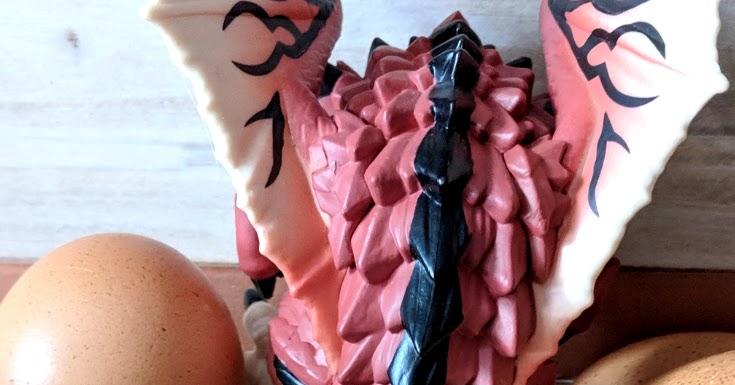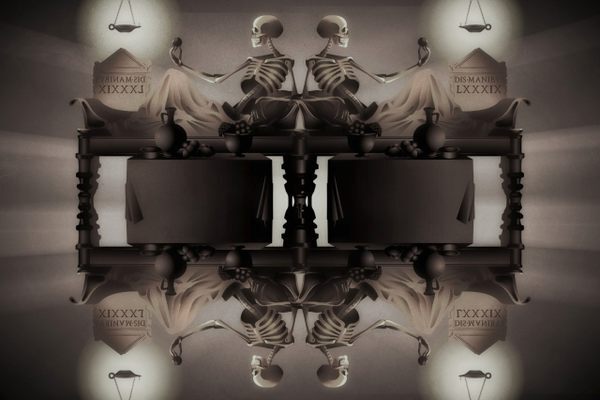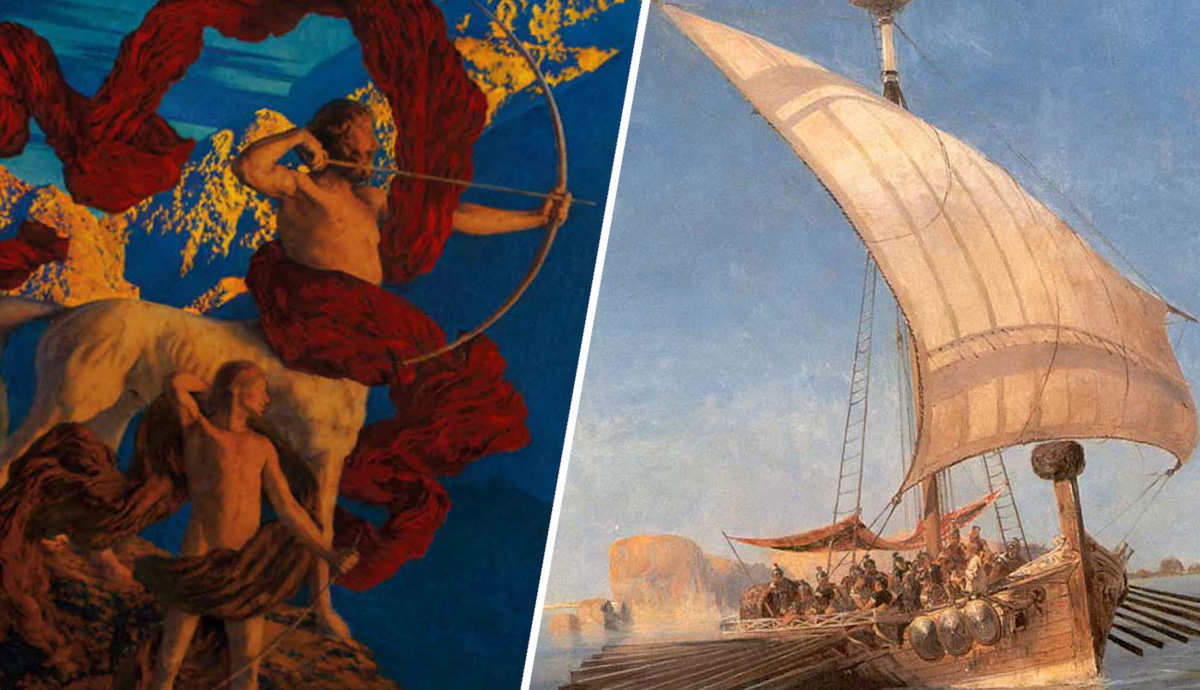Sidebar
Folklore, Myths, Legends, and Fairy Tales
If anyone would like to help me set up these communities and/or mod, please get in touch. This place is what we make it and I’d love some fresh ideas. I mod a number of smaller science subreddits and would like to help make this place just as nice, if not better!
bonus points for rare/unusual ones
 www.youtube.com
www.youtube.com
cross-posted from: https://hexbear.net/post/2253076 > Big oof.
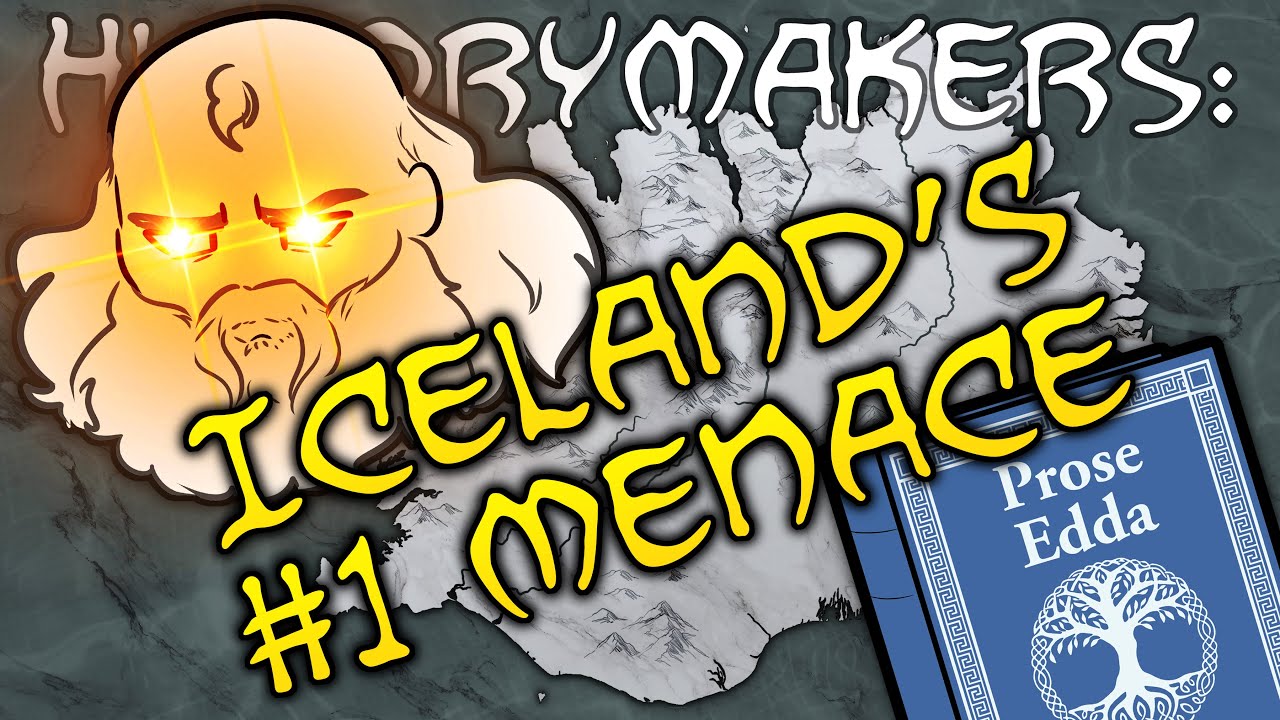 www.youtube.com
www.youtube.com
cross-posted from: https://hexbear.net/post/2183944 > Heheh > > His name was... Snorri. > > Heheh
 www.livescience.com
www.livescience.com
For millennia, solar eclipses have inspired awe, wonder and fear. After all, it's not often that twilight descends in the middle of the day. And just as we plan for and anticipate their occurrence — like the total solar eclipse that will be visible to millions of North Americans on April 8 — ancient cultures across the world, from the Mayans to the ancient Greeks, developed their own mythologies and traditions around eclipses. So what did these people think when they saw the sun darkening during the day? On a surface level, people from ancient cultures knew exactly what they were looking at. "Anybody who pays attention to the sky would be well aware that the moon is blocking the sun," Anthony Aveni, a professor of anthropology and astronomy at Colgate University in New York, told Live Science. But the significance of that event would have been very different to ancient peoples. "Cultures other than our own, both present and past, had a very different take on the natural world," Aveni added.
 theconversation.com
theconversation.com
In 1897, one Mr Burgess, the Clerk of Works at Oxford University, donated two shrivelled potatoes to the Pitt Rivers Museum. He usually kept them in his pockets. They were the ultimate “jacket” potatoes. The Pitt Rivers Museum in Oxford is dedicated to categorising and displaying a “democracy of objects” not according to time or nation, but according to human usage. Since the potato is fairly ubiquitous in human culture, it means there are many in the museum’s collection. In addition to Burgess’s donation, 11 other wrinkled specimens are catalogued in the museum’s collections, and are neatly labelled. The names of the previous owners are usually not identified because most of the potatoes were stolen before they were donated. But why would someone would want to steal a wrinkly potato? The answer is these were not just any purloined spuds. They were medical charms thought to be cures for rheumatism – and if they were stolen, they were thought to be even more effective.
 godsip.club
godsip.club
 godsip.club
godsip.club
I'm glad I discovered this Lemmy community! I'd like to share my blog, called *Godsip Club*, where I like to share my findings about folklore, mythology and religion — I am no scholar, though! This is the [link](https://godsip.club/articles/the-golden-bough/) of the first article, a sort of introduction, which is about the book by Frazer. It is a tough reading (the book, not the article 😅), but I'd absolutely recommend it to all the fond of these subjects: it's [available for free](https://www.gutenberg.org/ebooks/3623) on Project Gutenberg!
cross-posted from: https://lemmy.ca/post/12039449 > Christmas time is upon us, and though children loathe getting new clothes for gifts, they best put on that new itchy sweater or slide on those unwanted socks. Or else risk being eaten alive by a giant cat, at least according to Icelandic folklore. > > That's right. A child's worst nightmare — new clothes under the tree — could only be outdone by a somehow worse nightmare, being devoured by a ferocious feline that hunts down children caught not wearing their new clothes. > > The tale of Jólakötturinn, which translates to Yule Cat, is an Icelandic Christmas classic dating back to at least 1932, according to the Icelandic Folklore website, a research project managed by the University of Iceland. > > Jóhannes úr Kötlum, an Icelandic poet, wrote about the Yule Cat in his book, Jólin koma (Christmas is Coming), published in 1932. > > Kötlum's poem tells the tale of a cat that's "very large" with glowing eyes. It roams the countryside, going from house to house looking for children who aren't wearing the new clothes they got for Christmas, according to the poem. > > Memes of the Yule Cat have been making their way around social media, some are meant to be spooky, while others are a blend of fascination and satire. > > "I am really fascinated by other culture's holiday traditions so shoutout to my boy the Yule Cat," one meme reads. "A monstrous cat who roams Iceland eating people who aren't wearing the clothes they got for Christmas." > > The Yule Cat isn't the only sinister character that comes around Christmas. > > Another European folklore character is Krampus, an anti-Santa demon that kidnaps and punishes naughty kids, according to mythology.net. Munich, Germany, hosts an annual Krampus run, which attracts hundreds of participants — and more spectators — every year. > > Source: https://www.npr.org/2023/12/23/1221454825/youve-heard-of-santa-maybe-even-krampus-but-what-about-the-child-eating-yule-cat
 www.worldhistory.org
www.worldhistory.org
 worldsensorium.com
worldsensorium.com
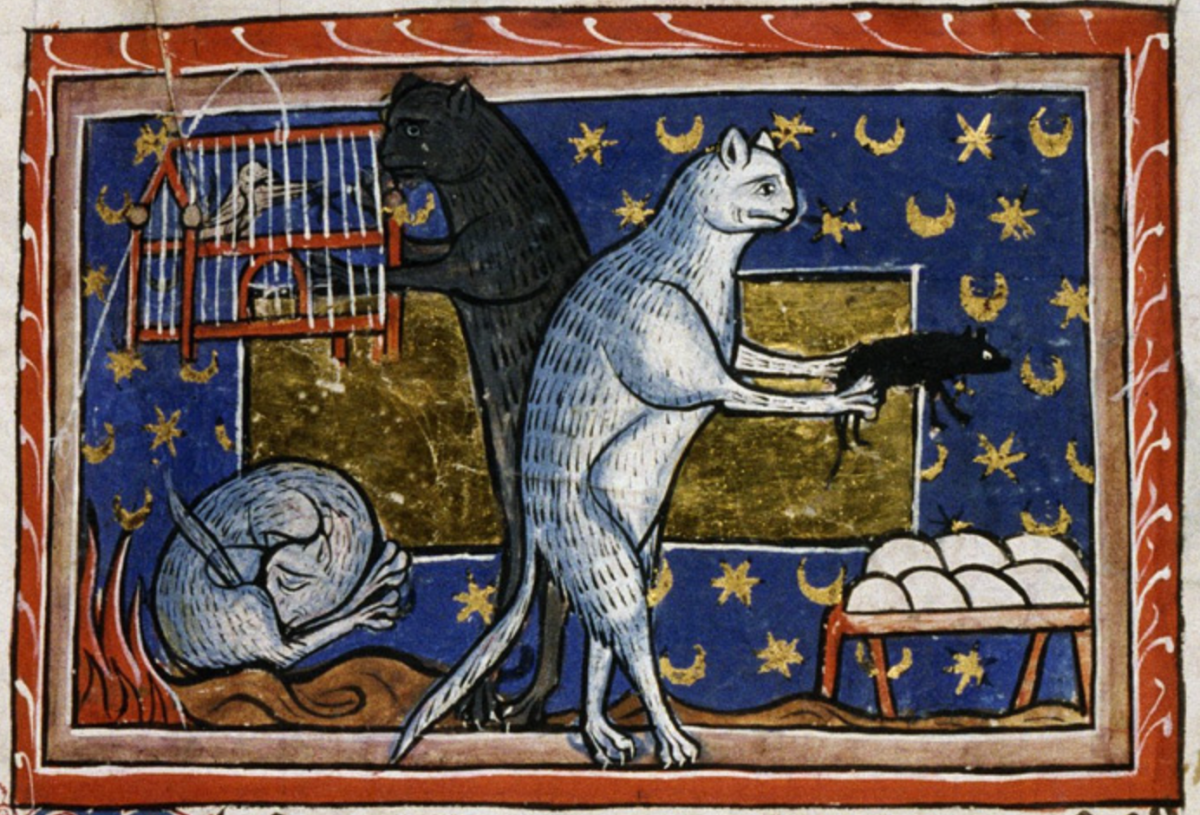 going-medieval.com
going-medieval.com
 unherd.com
unherd.com
 www.medievalists.net
www.medievalists.net
Monsters haunt the physical and imaginative remains of the Middle Ages. They stalk the pages of manuscripts, peer out from cathedrals and castles, and even appear in the most historical of literary genres, medieval chronicles. But monsters weren’t just decorative. Ideas about monstrosity were fundamental to ancient and medieval debates about the nature of humanity, and the rhetoric of monstrosity was widely used to dehumanize certain groups in medieval Europe.
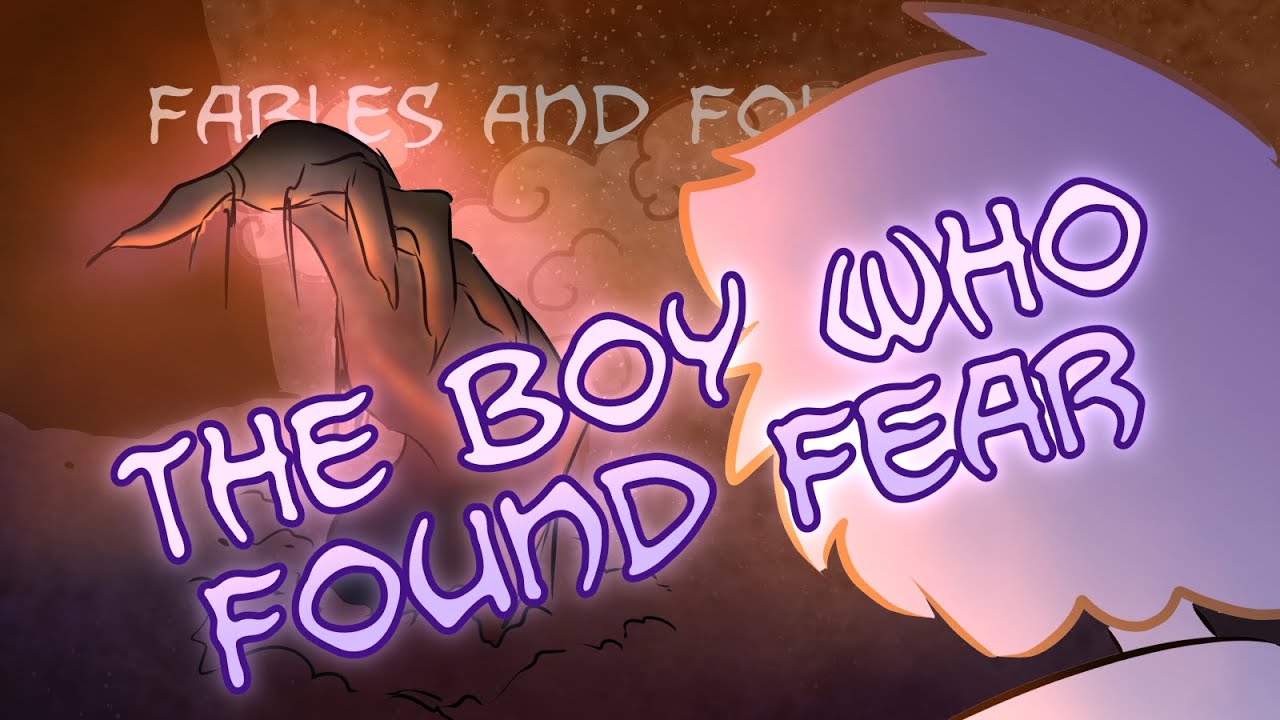 www.youtube.com
www.youtube.com
cross-posted from: https://hexbear.net/post/777738 > What do you know, a folk-tale from my ancestral homeland.





